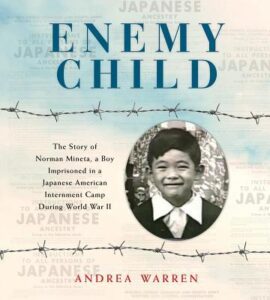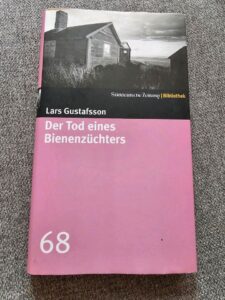Kim Jiyoung, Born 1982 is an absolutely furious short novel about sexism in South Korea, and while its incidents and statistics are specific to that country, it can stand in for how badly half of the world’s human population commonly treats the other half, often without even noticing. The book opens with what appears to be a breakdown by the book’s titular character, as she slips into note-perfect imitations of people from her life without noticing — first her mother and then a college friend who had died a year before — falling so deep into the roles that she refers to herself in the third person. Matters come to a head at a family holiday gathering when Jiyoung (the book follows the Korean practice of putting the family name before the personal name) takes on the persona of her mother again and gives her father-in-law a thorough telling-off.
The book then returns to Jiyoung’s childhood, relating incidents from her life and her family’s history in a matter-of-fact tone that moves the story along quickly and lets readers imagine the details. Cho (the book’s publisher also follows Korean name order) leaves lush description to other writers; she has enough to say with just sketching what has happened, selecting crucial dialog, and occasionally letting readers in on her characters’ thoughts. There is a particular reason for the novel’s style that becomes clear in its hard-hitting final chapter. Jiyoung has a sister who is a couple of years older, and a brother who is six or seven years younger. Their paternal grandmother lives with them in quarters that are initially quite cramped. Cho sets out how things are when Jiyoung remembers herself as a child eating something that was ostensibly for her baby brother:










